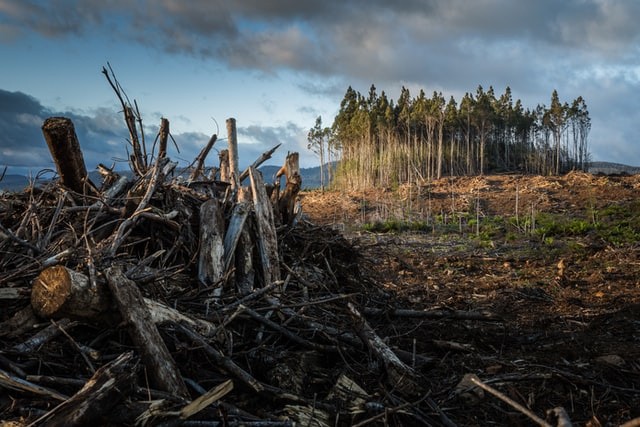According to calculations done by a climate scientist at Tohoku University in Japan, the current mass extinction event is not expected to be as devastating as the previous five. Certainly not for several more centuries.

Earth has lost most of its species on several occasions during the past 540 million years in a very small geologic period.
These are referred to as mass extinction events. They frequently occur just after a climatic shift occurs, whether from extremely high or extremely low temperatures brought on by asteroids or volcanic activity.
When Kunio Kaiho attempted to quantify the relationship between the stability of Earth's average surface temperature and its biodiversity, he discovered a mostly linear relationship. The amount of extinction increases with temperature change. Biogeosciences published the study.
Mass Extinction Event
When a species disappears, other species or existing species generally step in to replace its ecological niche. It's often believed that between 0.1 and 1 species per 10,000 species every 100 years is Earth's "normal" extinction rate. The background rate of extinction is what is meant by this.
A mass extinction event occurs when a species disappears far more quickly than it is replaced. This is typically the loss of almost 75% of all species during a "short" period of geological time or fewer than 2.8 million years.
Also Read : Scientists Claimed that Mass Extinction Can be Drastically Lessened by Reducing Fossil Fuel Usage
Global Temperatures
The largest mass extinctions during global cooling episodes happened when temperatures dropped by around 7°C. However, Kaiho discovered that throughout times of global warming, the largest mass extinctions happened at about 9°C of warming.
That is far higher than earlier predictions, which indicated that a temperature increase of 5.2°C would cause a significant marine mass extinction on par with the previous "big five."
To put it in perspective, contemporary global warming is projected to raise surface temperatures by as much as 4.4°C by the end of the century.
In the worst case, Kaiho asserts that the Anthropocene won't see 9°C global warming until at least 2500.
As a result of climate change, many species are already becoming extinct on land and in the water, although Kaiho does not anticipate the same number of losses as in the past.
However, species are at risk for many reasons than just the severity of climate change. The pace at which it happens is crucial.
Biggest Extinction Event
The biggest mass extinction on Earth, which happened around 250 million years ago and lasted over 60,000 years, resulted in the demise of 95% of all known species at the time. But because of human emissions of fossil fuels, today's warming is taking place over a considerably shorter period of time.
Instead of the amount of warming being so high, more species may go extinct during Earth's sixth extinction event since many of them could not adapt.
Because the reasons for the anthropogenic extinction are different from the causes of mass extinctions in geologic time, Kaihu acknowledges that it is difficult to predict the future anthropogenic extinction magnitude using simply surface temperature.
Scientific Arguments
No matter how scientists analyze the evidence, it's evident that unless we can stop climate change, many species are doomed.
There is still disagreement over the precise percentage of losses and the timing of those losses.
Related Article : One of the World Largest Mass Extinctions May Have Been Triggered by Volcanic Winter
For similar news, don't forget to follow Nature World News!
© 2025 NatureWorldNews.com All rights reserved. Do not reproduce without permission.





